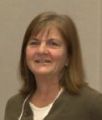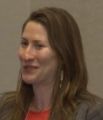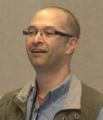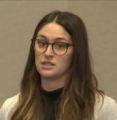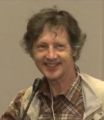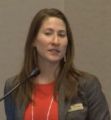YOUTUBE VIDEO: “We have created a Star Wars civilization, with Stone Age emotions, medieval institutions and godlike technology,” quoted Bob Sandford during the public lecture at the Nanaimo Water Stewardship Symposium (April 2018)
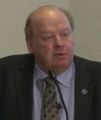
“When those who wish to make the world a better place turn to big data and related breakthroughs in deeper communication in support of common understanding of issue such as water and water-related climate concerns, we find that we have arrived too late,’ stated Bob Sandford. “This space has already hijacked by the inevitable forces of power and greed. The public mind is already being heavily manipulated toward other ends. This is also why there has been a widespread resurgence of carefully orchestrated climate denial.”



